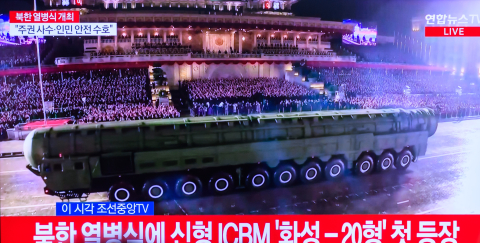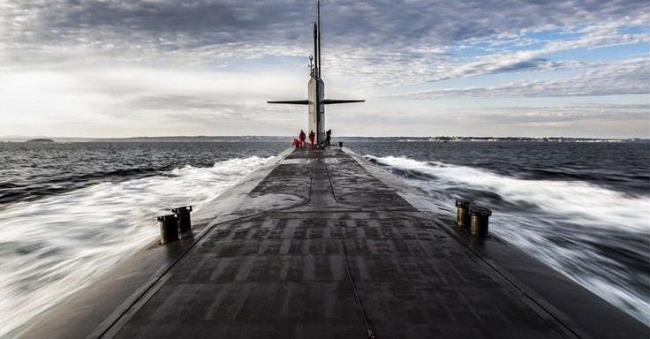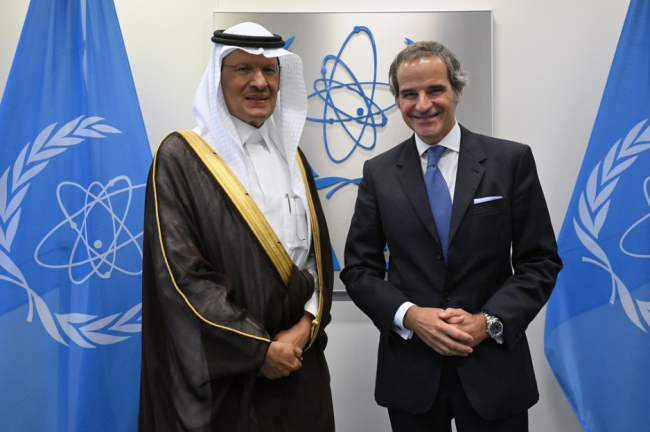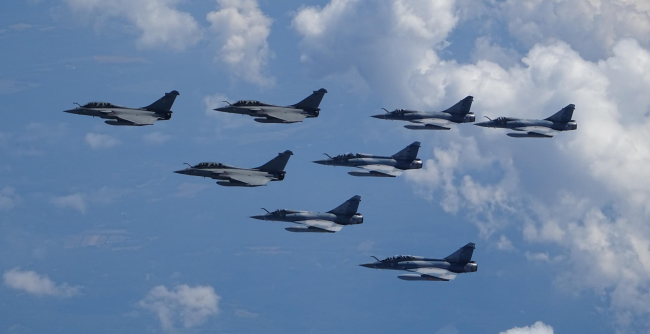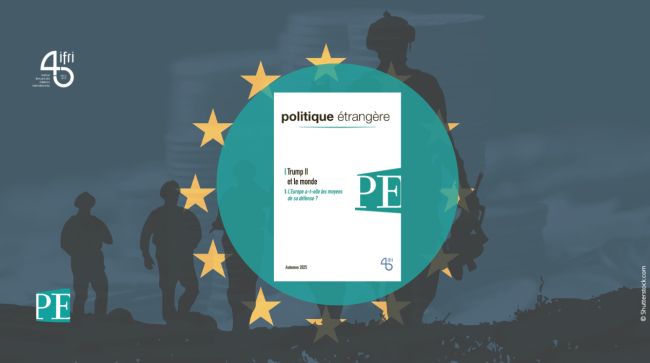Naval Nuclear Propulsion: The Technical and Strategic Challenges of a Restricted Technology
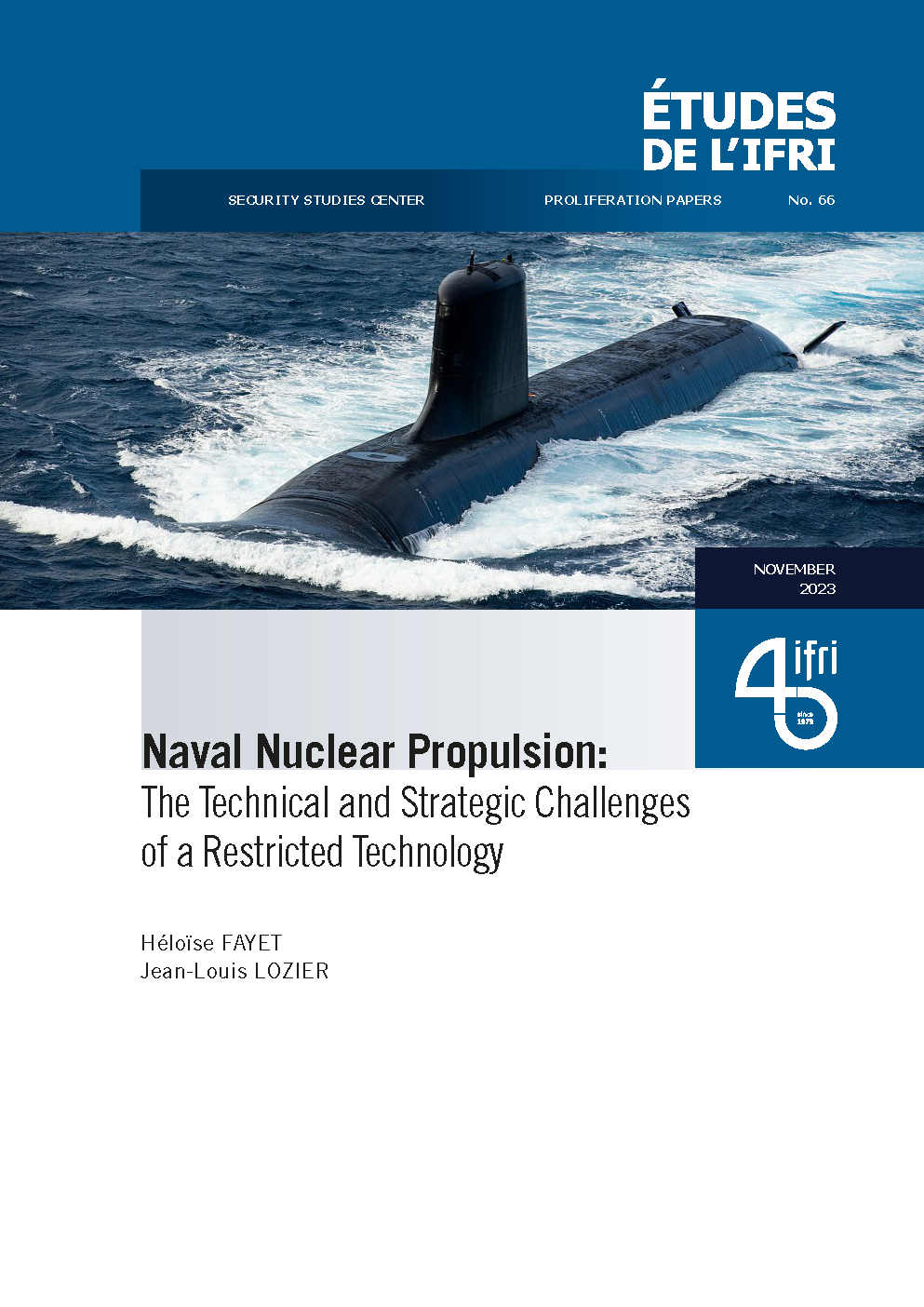
The technical and operational capabilities of naval nuclear propulsion - discretion, power, autonomy and manoeuvrability - make this technology a strategic asset for nuclear deterrence.
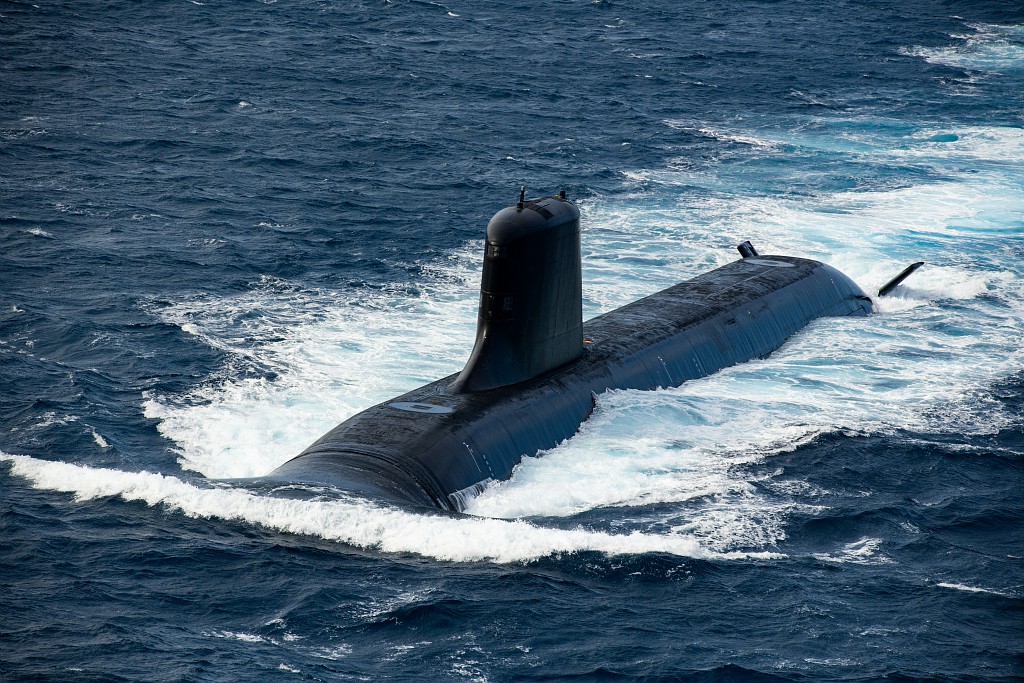
As a result, while the priority of military nuclear research during the Second World War was assigned to nuclear weapons, the end of the conflict enabled scientifically advanced nations to rethink the usefulness of nuclear energy for propulsion purposes - and, first and foremost, the United States and the Union of Soviet Socialist Republics (USSR), motivated by the power rivalry inherent in the Cold War. This technique was gradually adopted by all nuclear-armed states, at the cost of numerous attempts and sometimes serious accidents, particularly in the USSR, stressing the importance of a culture of safety and security.
This historical lessons of the Cold War, in both technical and operational terms, are now fully relevant, while nuclear propulsion arouses the curiosity of new actors; India first, thanks to Soviet and then Russian support, but also Brazil, renewing its old interest in submarines. The AUKUS agreement, which provides for the sale and construction of nuclear attack submarines in Australia through a partnership with the United States and the United Kingdom, represents an even greater breakthrough in the development of nuclear propulsion in the 21st century, by enabling for the first time a non-nuclear weapon state to own nuclear powered submarines. The imperatives of safety, industrial rigour and non-proliferation argue in favour of maintaining a policy of non-exportation of this technology, and respect of the highest standards for countries already developing nuclear propulsion.
This report is available in French.

Available in:
Regions and themes
ISBN / ISSN
Share
Download the full analysis
This page contains only a summary of our work. If you would like to have access to all the information from our research on the subject, you can download the full version in PDF format.
Naval Nuclear Propulsion: The Technical and Strategic Challenges of a Restricted Technology
Related centers and programs
Discover our other research centers and programsFind out more
Discover all our analysesSaudi Arabia’s Nuclear Temptations. Lessons Learned from Regional Instability
Saudi Arabia’s integration in the international arena and regional stability, notably through reducing its dependence on fossil energies, are crucial elements for the success of the Kingdom’s Vision 2030, the Crown Prince’s top priority. However, Mohammed bin Salman’s declarations in 2018 and 2021, indicating that “if Iran develops a nuclear bomb, we will follow suit as soon as possible”, combined with the recent strikes on key Iranian nuclear facilities, do not bode well for the future of the Kingdom, the region and the non-proliferation regime at large.
The Future of Air Superiority. Command of the Air in High Intensity Warfare
Air superiority, understood as control of the air, is a cornerstone of the Western art of warfare. It is a decisive condition, albeit not sufficient by itself, to achieve military victory, as it enables the concentration of air power toward the achievement of wider strategic objectives and protects other components from unbearable attrition levels. It is best achieved through the offensive use of air power in a joint effort to neutralize the enemy’s air power.
Europe Uncovered?
As Russia continues to threaten Europe, the Trump administration is making no secret of its desire to withdraw—at least partially—from the defense of the Old
Continent in order to focus on strategic competition with China. It is thus putting pressure on its European allies to increase their investment in the military sector. The NATO Summit in The Hague in June 2025 resulted in ambitious commitments by member states to increase their defense spending.
How should Britain and France cooperate to realise the Northwood Declaration?
During his state visit to the United Kingdom (UK) last week, Emmanuel Macron, President of France, signed a joint declaration with Sir Keir Starmer, Prime Minister, on nuclear cooperation between Britain and France. The Northwood Declaration highlights that while both countries’ nuclear arsenals remain sovereign, cooperation on nuclear deterrence can ‘contribute significantly’ to the security of the North Atlantic Treaty Organisation (NATO) and the Euro-Atlantic region.





